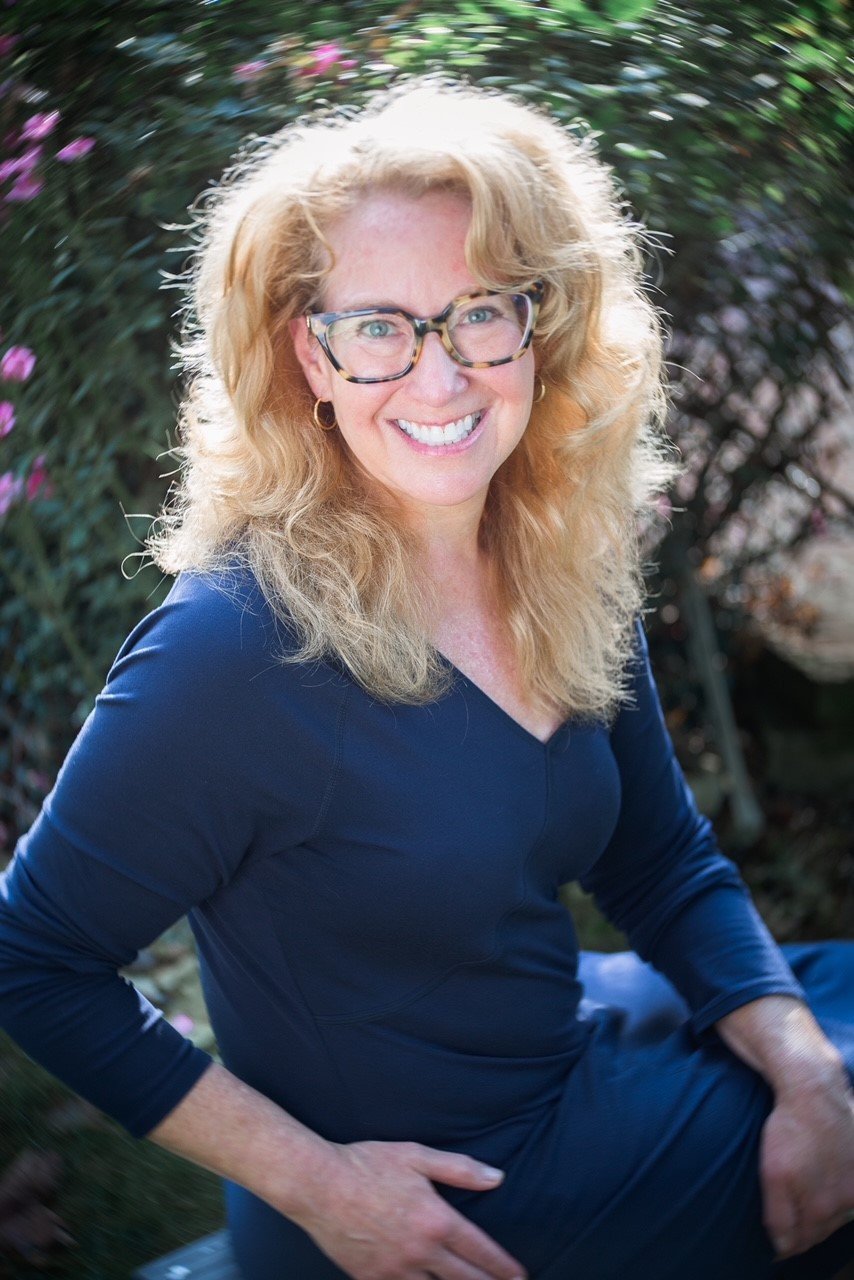Divided We Fall… All Over Ourselves in Rage & Ferocity: Polarization
There is an anecdote about Albert Einstein where he is asked at a conference: “Dr. Einstein, why is it that when the mind of man has stretched so far as to discover the structure of the atom, we have been unable to devise the political means to keep the atom from destroying us?” Einstein reportedly replied: “That is simple, my friend. It is because politics is more difficult than physics.” Einstein is considered a genius for a reason.
The point here is that politics has always been a challenging art (or science, depending on your approach, perspective, or word preference) because people can be difficult. We disagree over small things of personal taste or larger issues of major consequence and politics is the art (or science) of negotiation and compromise to resolve these disagreements. In the U.S. this negotiation is accomplished through partisan politics. Some people are dyed in the wool partisans, most Americans less so, but in a two-party system we are generally compelled to pick sides, especially during election season. This is a fairly anodyne method by which the government representing a nation of 330 million people can craft policy solutions to the problems that we have and maybe build harmony from disagreement.
Today, however, it seems that American politics is less “disagreement” and more nonstop rage-fest: like Woodstock ‘99 on Day 3 but with extra Limp Bizkit. The causes of our discontent are plentiful and complicated, each impacting our national division, a condition known as “political polarization.” As our divide widens, attention to our polarization has increased. Yet while many Americans apparently know that polarization is a problem we seem clueless about how to end it. Even worse, some of the forces that aggravate our polarization are the same sources to which Americans turn for diversion and fun, such as social media and television. This has fundamentally changed the way we think about politics: what used to be a slow, boring, messy process has turned into a form of entertainment with heroes, outlaws, and easy to understand plot lines.
The problem is that politics is never as easy as The West Wing wanted us to believe and involves no small amount of nuance and ambiguity. A compounding obstacle, research shows, is that polarization is exacerbated by the intolerance of uncertainty. In other words, the more a person demands to know the absolute truth, the more likely they will cling to polarized perceptions of politics. This is a real predicament because life is full of doubt and, with the exceptions of Hitler & Mother Theresa, true villains or heroes are in rare supply. But because we want to believe there are easy answers to our problems and stars to save the day, and because we want to be entertained, our political divisions have grown at the same rate as our unshakeable certainty of our own positions and our disdain for perceived enemies.
This has the annoying effect of encouraging people who are ill-equipped with facts to jump into political arguments that are overly simplified, increasingly personal, and intensely fought, the kind that should be reserved for expositions about Gwyneth Paltrow. Past polarization fights divided us by political issue positions, but this new kind (political scientists call this affective polarization) is more tribal and intimate. This political animus emboldens Americans to see politics and partisanship as the cornerstone of their social identity and the animosity is spreading beyond those who are politically engaged. A recent poll showed that almost half of college sophomores refused to share a dorm room with someone who voted differently from them in the last presidential election.
Our polarization did not begin with one act or was triggered by the election of one person, and there are several important reasons it has developed over time. Americans used to belong to clubs and organizations that fostered our connections with people of differing opinions and beliefs, but now we tend to sort ourselves geographically and online so that we connect only with those who look and think like we do. When our social identities start to blur with our political identities, we become less tolerant of the opposition party and are more inclined to think of others as threats or enemies rather than as people with differing opinions.
Our media diets have played a considerable role as well, allowing us to wrap ourselves in Snuggies of like-minded cheerleading, or live in cocoons of delusion where dissent is intolerable, and misinformation is celebrated if it confirms the merit of our own beliefs. Television news consumption remains the “top driver of partisan audience segregation” among Americans, even as fewer people watch TV. Research tells us that Social media does not make us polarized, but intensifies our polarization, adding gasoline to a fire that was already burning out of control.
American politics is in a tough spot and it’s difficult to see a way out of the mess we are in, mostly because the incentive structure for polarizing behavior is strong, entrenched, and lucrative. At the same time, a culture of fear and resentment has taken control of one of our two political parties. Put together, the culture and incentives feed upon one another and our polarization amplifies. Never bet against man’s ability to make a buck using animosity as bait. No wonder Einstein was so weary of politics.
So, next week: the first of two posts about how politics became so nasty and profitable at the same time. Perhaps by examining the past, we can find a path forward.
